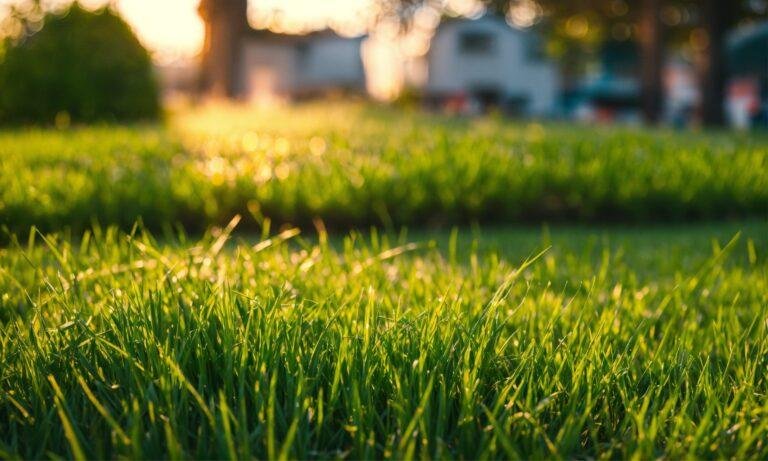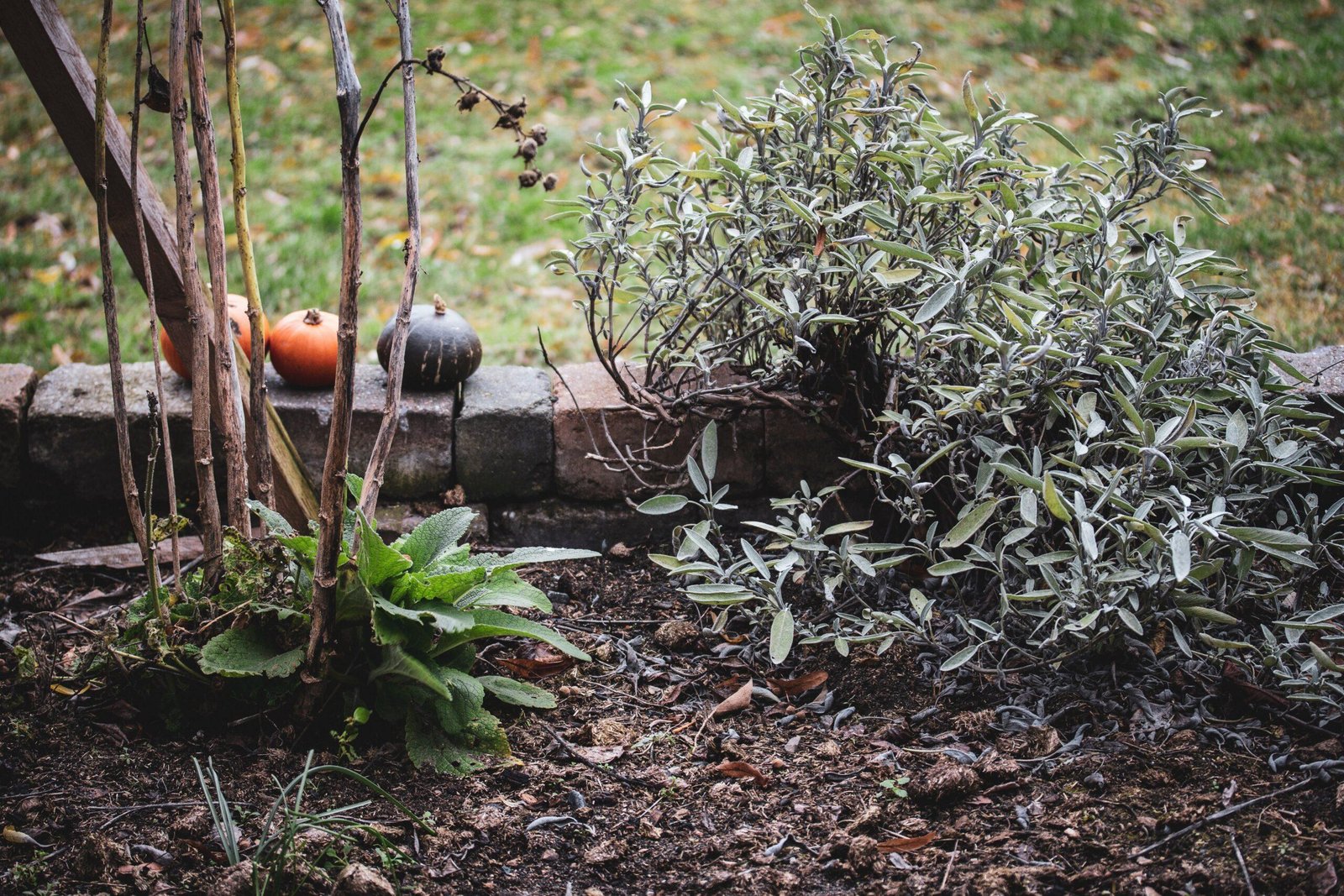moving plants from outside to inside
Table of Contents
As the seasons change and the weather starts to cool down, it’s time to think about bringing your beloved outdoor plants inside. Whether you have a lush garden or a few potted plants on your balcony, moving them indoors can help protect them from the harsh elements and ensure their survival throughout the colder months. In this guide, we’ll walk you through the process of transitioning your plants from outside to inside, so you can continue to enjoy their beauty and benefits all year round.
1. Assess Your Plants
Before you start moving your plants indoors, take a moment to assess their health and condition. Look for any signs of pests, diseases, or damage that may need to be addressed before bringing them inside. It’s important to quarantine any plants that show signs of infestation or disease to prevent spreading to your other indoor plants.
2. Choose the Right Timing
Picking the right time to move your plants indoors is crucial for their successful transition. Ideally, you should bring them inside before the temperatures drop below 50°F (10°C) consistently. Sudden temperature changes can shock your plants and cause stress, so plan accordingly and keep an eye on the weather forecast.
3. Prepare Your Indoor Space
Before you start moving your plants, make sure you have a suitable indoor space ready to accommodate them. Consider factors such as lighting conditions, temperature, and humidity levels. Most indoor plants thrive in bright, indirect light, so try to find a spot near a window where they can receive adequate sunlight.
Additionally, be mindful of the temperature and humidity levels in your home. Most indoor plants prefer temperatures between 60°F (15°C) and 75°F (24°C) and moderate humidity. Avoid placing your plants near drafts, heating vents, or air conditioning units, as these can create unfavorable conditions for them.
4. Gradually Adjust Light Levels
When moving your plants from outside to inside, they will experience a significant change in light levels. To minimize stress and help them acclimate, gradually adjust the amount of light they receive. Start by placing them in a partially shaded area indoors and gradually increase their exposure to light over a few weeks.
5. Repot if Necessary
If your outdoor plants have outgrown their pots or if you notice signs of root-bound growth, it may be a good time to repot them. Choose a pot that is slightly larger than their current one and use a well-draining potting mix. Be gentle when repotting to avoid damaging the roots, and water the newly repotted plants thoroughly.
6. Water and Fertilize Appropriately
Indoor plants have different watering and fertilizing needs compared to their outdoor counterparts. While outdoor plants may receive water from rain and natural fertilizers from the soil, indoor plants rely on you for their care. Water your plants when the top inch of soil feels dry, and be cautious not to overwater, as this can lead to root rot.
As for fertilizing, use a balanced houseplant fertilizer according to the instructions on the packaging. During the winter months, when plants are in their dormant phase, reduce the frequency of fertilizing to once every two to three months.
7. Monitor for Pests
Indoor environments can sometimes be a breeding ground for pests such as aphids, spider mites, and fungus gnats. Regularly inspect your plants for any signs of infestation, such as yellowing leaves, sticky residue, or tiny webs. If you notice any pests, take immediate action to control them using organic or chemical methods.
8. Be Patient and Observant
Moving plants from outside to inside can be a significant change for them, and it may take some time for them to adjust. Be patient and observant, paying attention to any changes in their growth, appearance, or behavior. Adjust your care routine accordingly to ensure their continued health and well-being.
By following these steps, you can successfully transition your outdoor plants to an indoor environment and provide them with the care they need to thrive. Remember, each plant is unique, so it’s essential to understand their specific requirements and provide them with the best possible growing conditions. Enjoy the beauty and benefits of your green friends all year long!

- Do Deer Eat Tomato Plants?
- How to Plant Wildflower Seeds
- What Plants Don’t Like Coffee Grounds
- How to Propagate Jade Plant
- Are Snake Plants Toxic to Cats?
Discover more from Gardening with Ecorganicas: Your Source for Organic Gardening Tips
Subscribe to get the latest posts sent to your email.








